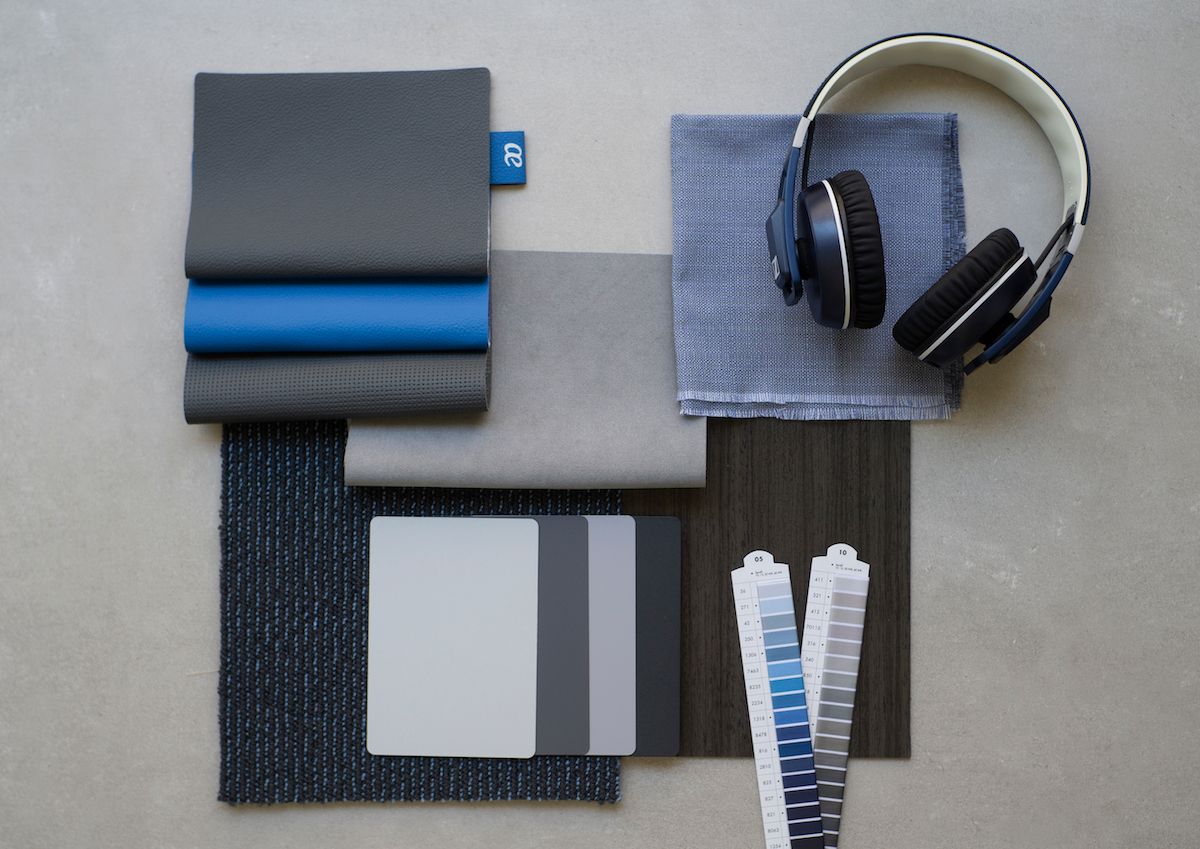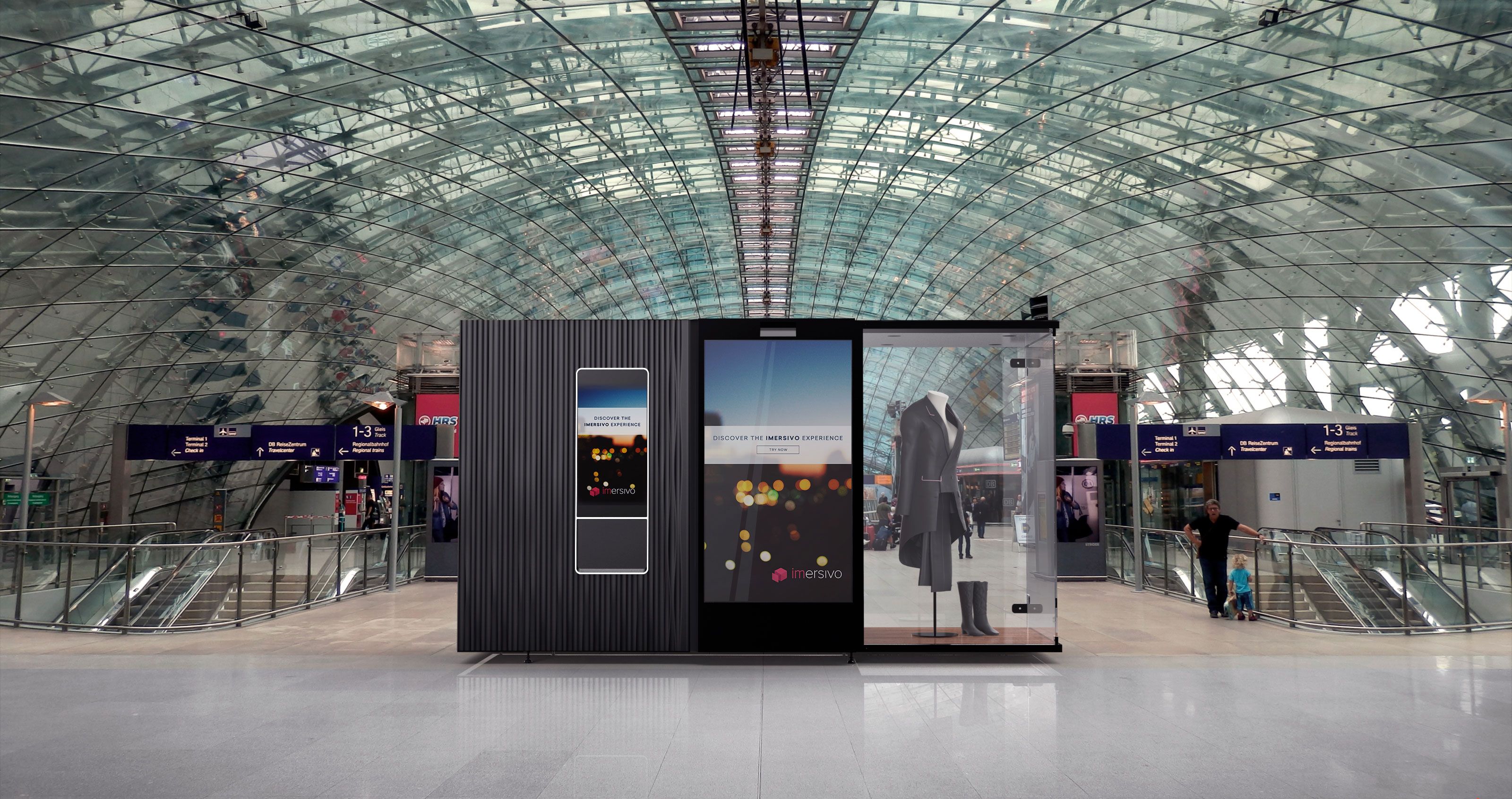The most important technology and design trends at IFA 2018
Diego García
Industrial Designer

Last week, Mormedi attended IFA 2018 in Berlin. Here are the top technology and design trends that will be hitting the consumer market in the next 12 months in domestic appliances, smart homes, TV/audio/photo, PCs, smartphones, and gadgets.
Domestic Appliances
Interconnectivity was everything at this year’s show. Companies are creating home appliances that can work together to build a better overall customer experience. There was also a lot of buzz around new user interfaces such as voice and touch controls, greater personalization options, and new technologies to help reduce water and energy consumption. In terms of hobs, hoods and ovens, companies are focusing on merging UI with energy-efficient and decorative features. For example:
Induction hobs are evolving into complete cooking surfaces: Grundig showcased the concept of hiding an induction hob inside a marble countertop, which could also power small appliances placed on the surface, and that had a high-tech, touchable projected UI. This could be a great idea but will require that the UI/UX is responsive and intuitive to actually provide added value to customers.
Ovens are gaining functions: Ovens can now function as a steam oven, microwaves, and provide heating drawers. Samsung showed off a model with a split front door to reduce energy consumption and cooking time. Grundig introduced their version of a self-cleaning oven that included a shower-style cleaning system.
Hoods are managed directly from the hob: Control panels are being integrated into the hob itself, allowing users to manage the hood as part of the entire stove. Companies such as Silverline are attempting to make their products more appealing by disguising extractors as aesthetically pleasing lamps.
Fridges, dishwashers, and washing machines are using smart design and technology to create environmentally responsible and resource-efficient products:
Fridges are being equipped with cameras: In order detect and keep track of what is inside the refrigerator, and to avoid opening the door unnecessarily, companies are installing internal cameras in their fridges. Another popular feature on show were small doors that give access to the most-used spaces in the fridge, so you don’t keep letting all the cold air out of your fridge.
Washing machines that use resources more efficiently: Companies are now adopting automatic dispensers that calculate the exact amount of detergent, softener, and water to be used per wash to avoid waste. Sharp’s washing machines had an Amazon Dash button built-in to allow users to order more detergent instantly.
Dishwashers are smarter: Companies are trying to take some of the pain out of dishwasher use by firstly, installing automatic doors that open when the washing cycle has ended, and giving their dishwashers customizable interiors that adapt to different kitchenware.
Smart homes
Smart Homes were a huge part of the offering at IFA in terms of lighting, small appliances, security devices, and accessibility. Companies are working towards home devices and appliances that are all connected and work with each other. But connectivity does not end in the home; expect to see more services that connect you to you home and to your transport.
Voice controls are the main user interface
Smart Homes will be controlled by voice control assistants like Google Assistant or Amazon’s Alexa and will use AI learning techniques to adapt to users’ lifestyles.
Connected mobility meets daily commuters
Siemens Home Appliances and the Home Connect app are partnering with Drive2Shop, a “Car Commerce” platform that connects users with local retailers and service providers. Whenever a user is about to leave work, the app can recommend a recipe, monitor the fridge to see the availability of the ingredients and, if some are missing, create a grocery shopping route
TV, Audio and Foto
Wireless technologies and finishing details were the focus for many TV makers. For example, Sharp has partnered with Pininfarina, the Italian car design firm, to design its new wireless TV and audio systems, whilst Samsung showcased the Ambient Mode for its TVs, which allows the TV to mimic the pattern of the surrounding wall so that it blends in. In photography, players such as Polaroid, Kodak, and Fujifilm are taking the best of both the digital and analogue worlds to appeal to the instant-gratification, selfie generation by implementing built-in printers into their newest cameras.
PC y Smartphones
Smartphone and tablet gaming is expected to account for half of the money generated by the world”s video games industry by 2020, and this trend was reflected in the new phones and accessories on show at IFA. There were a number of gaming-focused smartphones on show, such as the Nubia Red Magic, and the ASUS ROG, and Motorola had its Moto Mods on display, which become game control pads by attaching them to the back of their smartphones. Huawei was more focused on the personalization trend with its top models, by offering new back designs in different colours and materials.
Gadgets
Robotics: LG continued to push the boundaries in consumer electronics by showcasing a series of robots that could help users whilst shopping, traveling, and even by translating languages.
Wearables:: For sports lovers, Sony showed off a concept sneaker created together with New Balance that integrated e-ink technology into the shoe itself. Sony also had on display a watch that had both its face and wristband made from e-ink.
Conclusion
As consumers expect greater and greater personalization in all aspects of their lives, we are seeing this trend manifest itself in more colour and finishing options and customization in home appliances and consumer electronics. We suspect that there is still room for even greater personalization in products through the addition of textures, or higher-end detailing in materials such as carbon fiber or wood.
As new technologies become integrated into home appliances and electronics, the products themselves are becoming more complex through the addition of more functionality. This means that companies will need to focus strongly on UI/UX design. In many cases the functionality of these products is incredible, but is not intuitive enough to be enjoyed or valued by the mass market, so there is still a gap between the latest technological developments and easy-to-manage interfaces.


